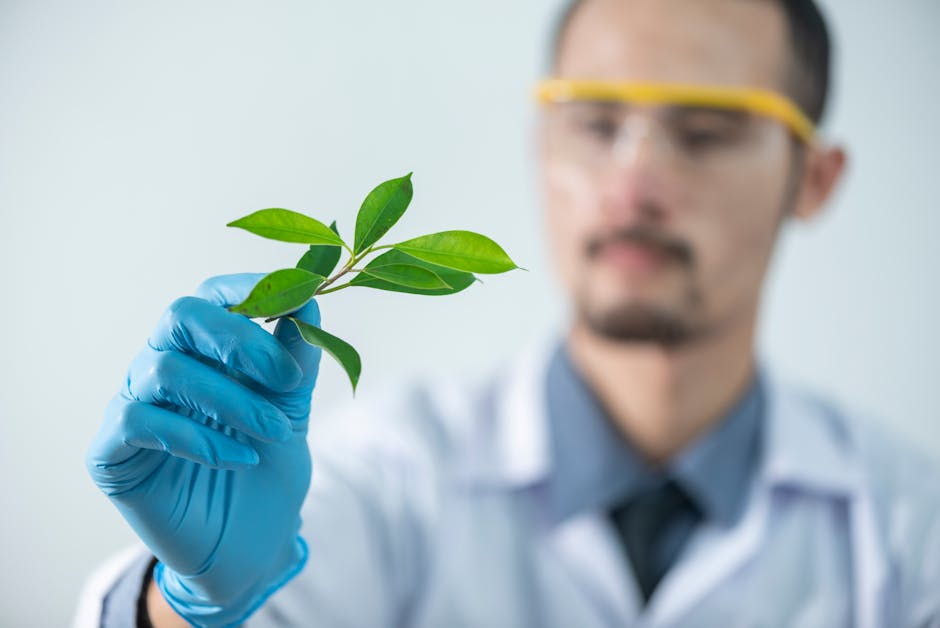 Growing Healthy Tomato Plants in Georgia: A Gardener’s Guide
Growing Healthy Tomato Plants in Georgia: A Gardener’s Guide
Summers in Georgia are known for their scorching temperatures and high humidity, but that doesn’t mean you can’t grow delicious and healthy tomato plants in your garden. In fact, with the right knowledge and techniques, you can enjoy a bountiful harvest of juicy tomatoes right in your backyard. In this guide, we will walk you through the steps of growing thriving tomato plants in Georgia, from selecting the right varieties to dealing with common challenges. So grab your gardening gloves, because it’s time to get those tomato plants growing!
Choosing the Right Varieties
The first step in growing successful tomato plants in Georgia is to choose the right varieties that are well-suited to the region’s climate. Look for varieties that are heat-tolerant and disease-resistant. Some popular choices for Georgia gardeners include Celebrity, Better Boy, Sunmaster, and Amelia. These varieties have been known to perform well in the state’s hot and humid conditions, ensuring a higher chance of success.
Preparing the Soil
Before you even think about planting your tomato seedlings, it’s crucial to prepare the soil properly. Tomato plants thrive in well-drained soil that’s rich in organic matter. Begin by removing any weeds or debris from the planting area. Then, dig a hole that’s two feet deep and two feet wide. Mix in compost or well-rotted manure to improve the soil’s fertility. This will provide the necessary nutrients that your tomato plants need to grow strong and healthy.
Optimizing Sunlight and Watering
Tomato plants need at least six hours of direct sunlight each day to produce a good yield. Choose a location in your garden that receives ample sunlight. If you’re growing tomatoes in containers, place them in a spot that gets plenty of sunlight, such as a patio or balcony. Additionally, make sure to water your tomato plants consistently. While Georgia’s summers can be hot and dry, it’s important not to overwater your plants as this can lead to root rot. Instead, water deeply and infrequently, allowing the soil to dry out slightly between waterings.
Pruning and Supporting
To encourage healthy growth and optimize fruit production, it’s essential to prune and support your tomato plants. Start by removing the suckers that grow in the crotch between the main stem and the branches. These suckers can divert energy away from fruit production. Next, provide support for your tomato plants by using stakes, cages, or trellises. This will prevent the plants from sprawling on the ground, reducing the risk of disease and making harvesting easier.
Pest and Disease Management
Tomato plants can be susceptible to various pests and diseases, so it’s important to stay vigilant and take preventive measures. Common pests in Georgia include aphids, whiteflies, and tomato hornworms. To keep these pests at bay, regularly inspect your plants and remove any affected leaves or insects. You may also consider using organic insecticides or companion planting with pest-repellent herbs like basil or marigold.
In terms of diseases, tomato blight and fusarium wilt are common in Georgia due to the humid climate. To minimize the risk, water your plants at the base, avoiding wetting the foliage. Apply a layer of mulch around the base of the plants to prevent soil-born diseases from splashing onto the leaves. If necessary, use organic fungicides to control fungal infections.
Harvesting and Enjoying Your Tomatoes
Once your tomato plants start bearing fruit, it’s crucial to harvest them at the right time for optimal flavor and quality. Depending on the variety, tomatoes are generally ready for harvest when they turn fully colored, feel firm yet slightly soft to the touch, and easily detach from the vine. Avoid leaving harvested tomatoes in direct sunlight for an extended period as this can cause them to overripen.
Now that you have a bumper crop of fresh tomatoes, it’s time to enjoy the fruits of your labor! Slice them up for salads, make homemade salsa, or create a delicious tomato sauce. There’s nothing quite like the taste of homegrown tomatoes, and with a little effort, you can enjoy them all summer long.
In conclusion, growing